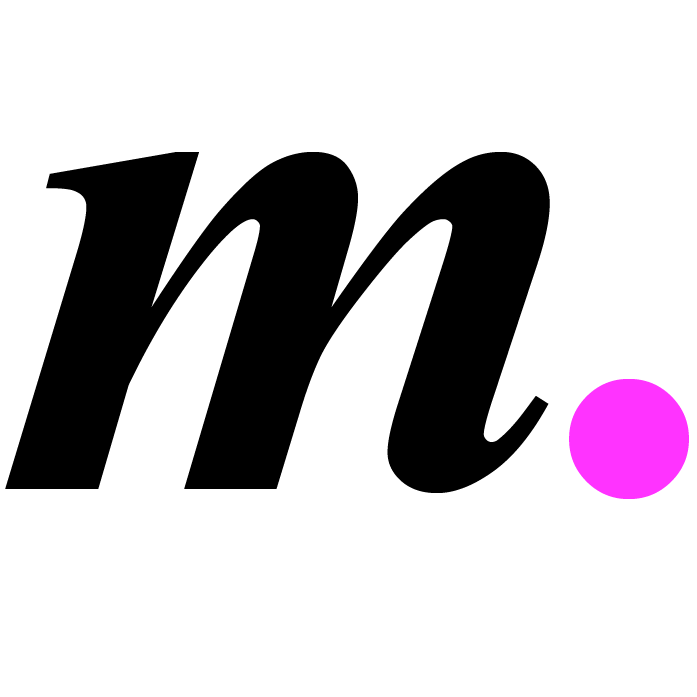Series // Excessive Portraits.
August, 2016 – current.
‘It seems that people wait for excessive manifestations of human beauty. My intent is to capture its power to attract and dissolve it in to the purity of formless abstraction.’
—
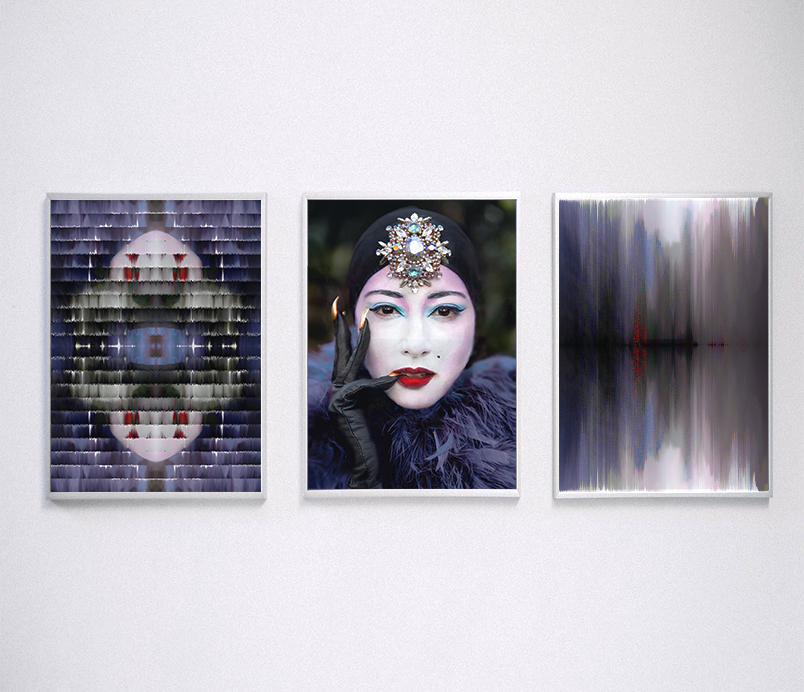
Portrait. [noun] ˈpɔːtrət,ˈpɔːtreɪt. From the 1560s French portraire “to depict”. A painting, photograph, sculpture, drawing, engraving or other artistic representation of a person, in which face, head, shoulders, and their expression, are predominant.
Thus, portraits are representations and impressions of the physical presence of a person, in which the face is elevated as the core element of the image content. Yet, does the art of portraiture imply a mere copied representation of the human appearance? Or could the art of portraiture expand its meaning into the depiction of the sensorial impact, which generates from the human form, but becomes an abstract dissolution of colours, forms and sensations?
‘Excessive Portraits’ is a painting series by the artist Matteo Mauro, who, by collaborating with various photographers, speculates around the meaning of ‘portraiture’. The artist wonders if portraiture is a technical representation and measurable performance of copying facial forms and expressions, or rather a process of absorption and reinterpretation of feelings into formless abstraction; a representation of hidden meanings and unmeasurable sensations. Hence, the process behind the painting of these portraits is based upon the dissolution of the image. The results are portraits which hold the essence of the initial photographs, but in which the figure is not recognisable. These paintings aim to break the boundaries of a tangible fixed image, too close to reality and too far from dreams.
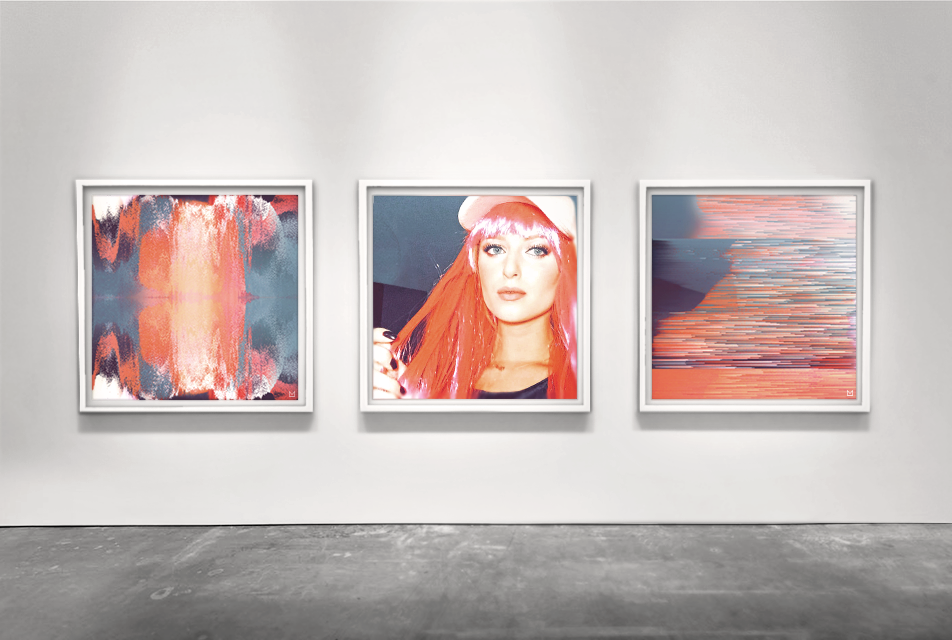
Technically, the paintings, both digital and hand painted, begin with a calculation of the various diverse colours present in the original photograph, which is then transposed in the final artwork. Therefore, portraying becomes a decay of the formal image and a restoration of the colour ratios in fantasy and abstraction. All the outcomes retain the visual energy and attractiveness of the individual model, but offer a new view of the depicted, which goes beyond form and towards emotions.
The contrast between the mathematical calculation of the photograph content and its loose re-composition, makes ‘Excessive Portraits’ a series of distinctive abstract paintings, at which the viewer wants to stare, to float his eyes from the source photograph over to the reinterpretation of it. Thus, the artist, constructs a strong message and provides and alternative to the classical significance of the term portrait, but also shakes up our dependency to excessive manifestations of formal human beauty.
—
“I paint people not because of what they are like, not exactly in spite of what they are like, but how they happen to be.” // Lucien Freud.
—
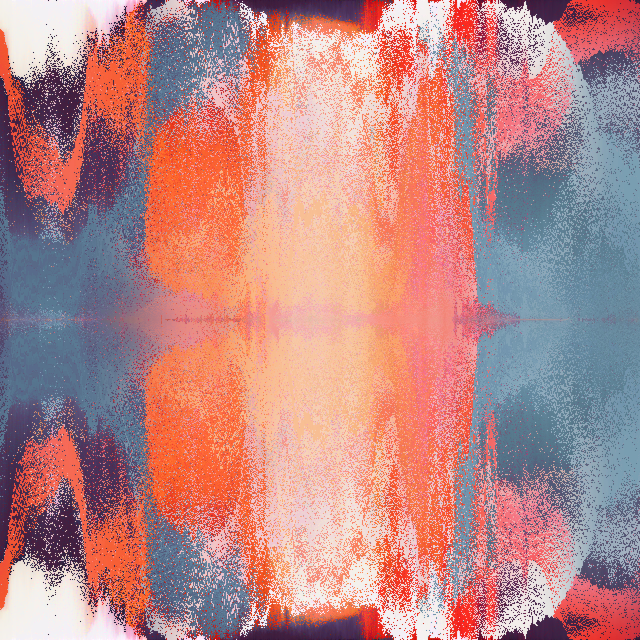
—
[Italian] Excessive portraits consiste in una serie di dipinti nati da una collaborazione dell’artista con i fotografi Kurtiss Lloyd e Olivia Burdyk. È la prima tappa di un progetto in progress iniziato nel 2016 che proseguirà nel 2018 con il contributo di Ryan Burke. I ritratti – digitali e dipinti a mano – sono frutto di un processo di dissoluzione delle immagini, di una trasposizione della fotografia originale che si fa opera d’arte. A partire da un calcolo dei diversi colori presenti nel ritratto fotografico originario si attua un ripristino dei rapporti di colore, basato esattamente sul contrasto tra il calcolo matematico del contenuto della fotografia e la sua ri–composizione sciolta. E l’eccesso sta proprio in questa maniera di superare la semplice riproduzione delle forme e delle espressioni del volto. Ritratti non più intesi come sterile copia di eccessive manifestazioni di bellezza umana, ma eccessive manifestazioni di pura astrazione che assorbono e reinterpretano i sentimenti e le emozioni che quei volti emanano. Ritratti come strumenti attraverso cui superare i confini di un’immagine troppo vicina a una sterile riproduzione della realtà e, al tempo stesso, troppo lontana dai sogni. Un progetto che, anche nelle sue scelte tecniche e formali, indaga sul significato della tradizione della ritrattistica per arrivare a scardinarlo. Non più e non solo abilità tecnica nella riproduzione di soggetti umani, ma ritrovamento di quell’armonia esteriore in una rappresentazione sensoriale di significati nascosti e non misurabili. Astrazioni formali che restituiscono l’essenza di emozioni già presenti nelle fotografie di partenza, ma che solo la loro stessa dissoluzione può far avvertire in maniera ancora più prepotente.
#Abstract Art #Computational Art #Portraits.
Share
